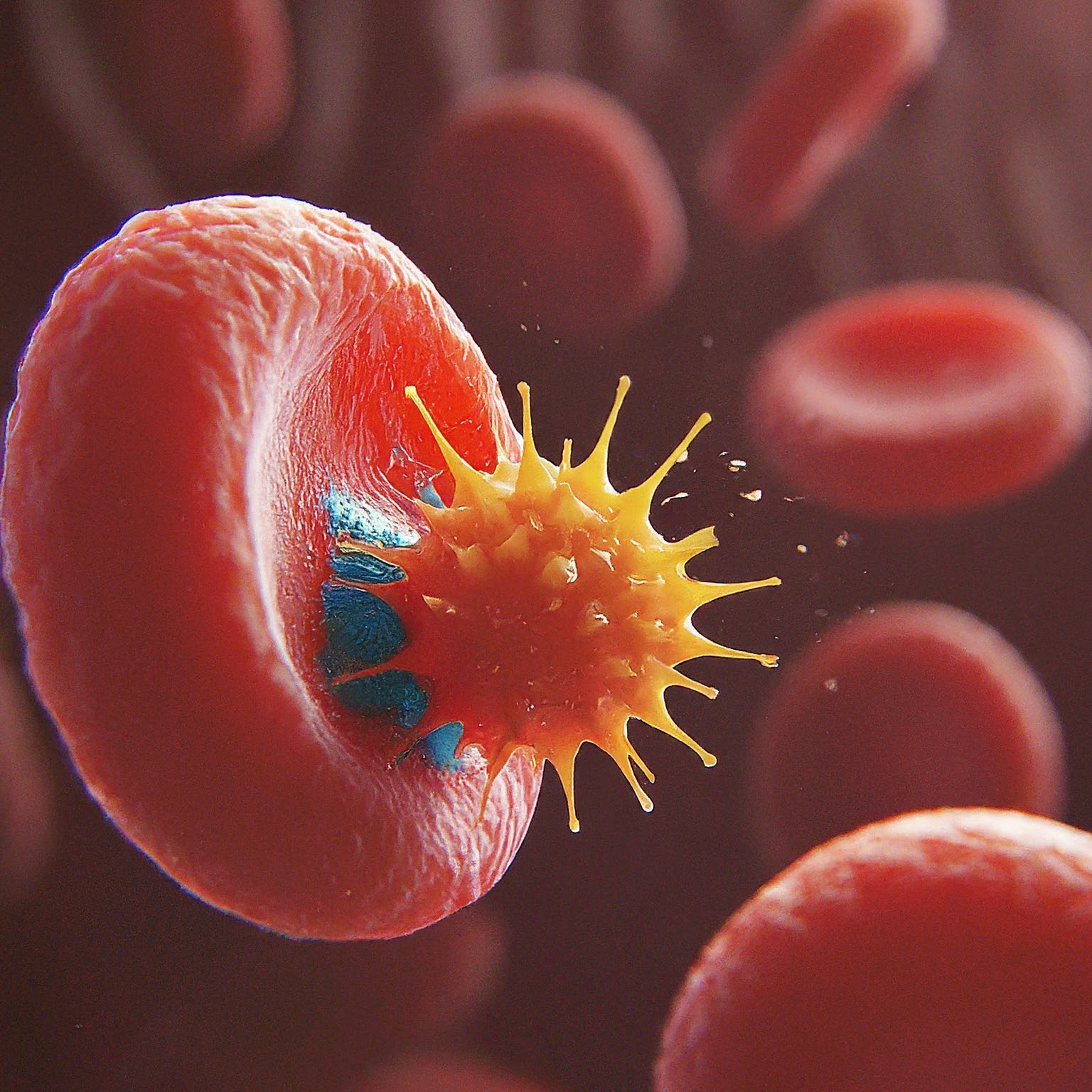- 22 May 2024
- 49
Bird Flu Concerns Rise: Second Dairy Worker Infected

Introduction
I’m Dr. Olivia Jones, a veterinarian with over 15 years of experience in public health and zoonotic diseases (diseases transmissible between animals and humans). With recent news of a second dairy worker contracting bird flu, I understand the growing concerns surrounding this virus. This article aims to address those concerns by providing a clear picture of the situation, potential risks, and valuable information from the Centers for Disease Control and Prevention (CDC).
Headings:
- Understanding Bird Flu in Dairy Cows
- Human Cases and Transmission Risks
- Protecting Yourself from Bird Flu
- What the CDC Says: Expert Recommendations
- Debunking Myths and Misconceptions
- Looking Forward: Next Steps and Prevention
Bird Flu in Dairy Cows: A Recent Development
Highly pathogenic avian influenza (HPAI), commonly known as bird flu, has primarily affected poultry in the past. However, recent months have seen a concerning rise in HPAI A(H5N1) cases among dairy cattle in the United States. While the virus remains primarily an avian disease, these recent developments raise questions about potential human transmission.
Human Cases and Transmission Risks
The recent case marks the second human infection linked to HPAI A(H5N1) in dairy cows. Both individuals experienced mild eye infections and have recovered. It’s important to note that these are isolated cases, and the CDC maintains that the overall risk of HPAI A(H5N1) transmission to humans remains low.
Here’s a table summarizing the reported human cases:
| Feature | Details |
|---|---|
| Number of Cases | 2 |
| Location | Michigan (both cases) |
| Occupation | Dairy Workers |
| Symptoms | Mild Eye Infections |
| Current Status | Recovered |

Transmission is believed to occur through direct contact with infected birds or contaminated surfaces. The recent cases suggest potential transmission through eye contact with infected cows, highlighting the importance of proper protective gear for those working around potentially infected animals.
Protecting Yourself from Bird Flu
While the risk to the general public remains low, some groups, including agricultural workers and those in close contact with poultry, may face a higher risk. Here are some key steps to protect yourself:
- Frequent Handwashing: Wash your hands thoroughly with soap and water after handling animals or animal products, or being in contact with potentially contaminated environments.
- Proper PPE: Wear personal protective equipment (PPE) like gloves, masks, and eye protection when working with poultry or potentially infected animals.
- Practice Biosecurity: Implement biosecurity measures on farms to prevent the spread of the virus between animals.
- Stay Informed: Keep yourself updated on the latest information and recommendations from the CDC.
CDC Recommendations: Expert Guidance
The CDC is actively monitoring the situation and has issued guidance for public health officials, agricultural workers, and the general public. Their key recommendations include:
- Reporting Sick Animals: Promptly report any sick or dead poultry to your state veterinarian or USDA.
- Biosecurity Measures: Implement biosecurity measures on farms to prevent the spread of the virus among birds.
- Safe Food Handling: Poultry products are safe to consume when properly handled and cooked to an internal temperature of 165°F (74°C).
Debunking Myths and Misconceptions
Here are some common myths surrounding bird flu and the truth behind them:
- Myth: Consuming poultry products can cause bird flu.
- Fact: Properly cooked poultry and eggs are safe to consume.
- Myth: Bird flu is easily transmissible between humans.
- Fact: The current risk of human-to-human transmission remains low.
Looking Forward: Next Steps and Prevention
The recent human cases highlight the need for continued vigilance and collaboration between public health officials, veterinarians, and agricultural workers. Ongoing research into the virus and its potential for human transmission remains crucial. By following preventive measures and staying informed, we can minimize the risk of bird flu transmission and protect ourselves and our communities.
Remember: While the situation warrants attention, there’s no need for panic. By following the recommendations outlined above, we can effectively manage the risks associated with bird flu.

